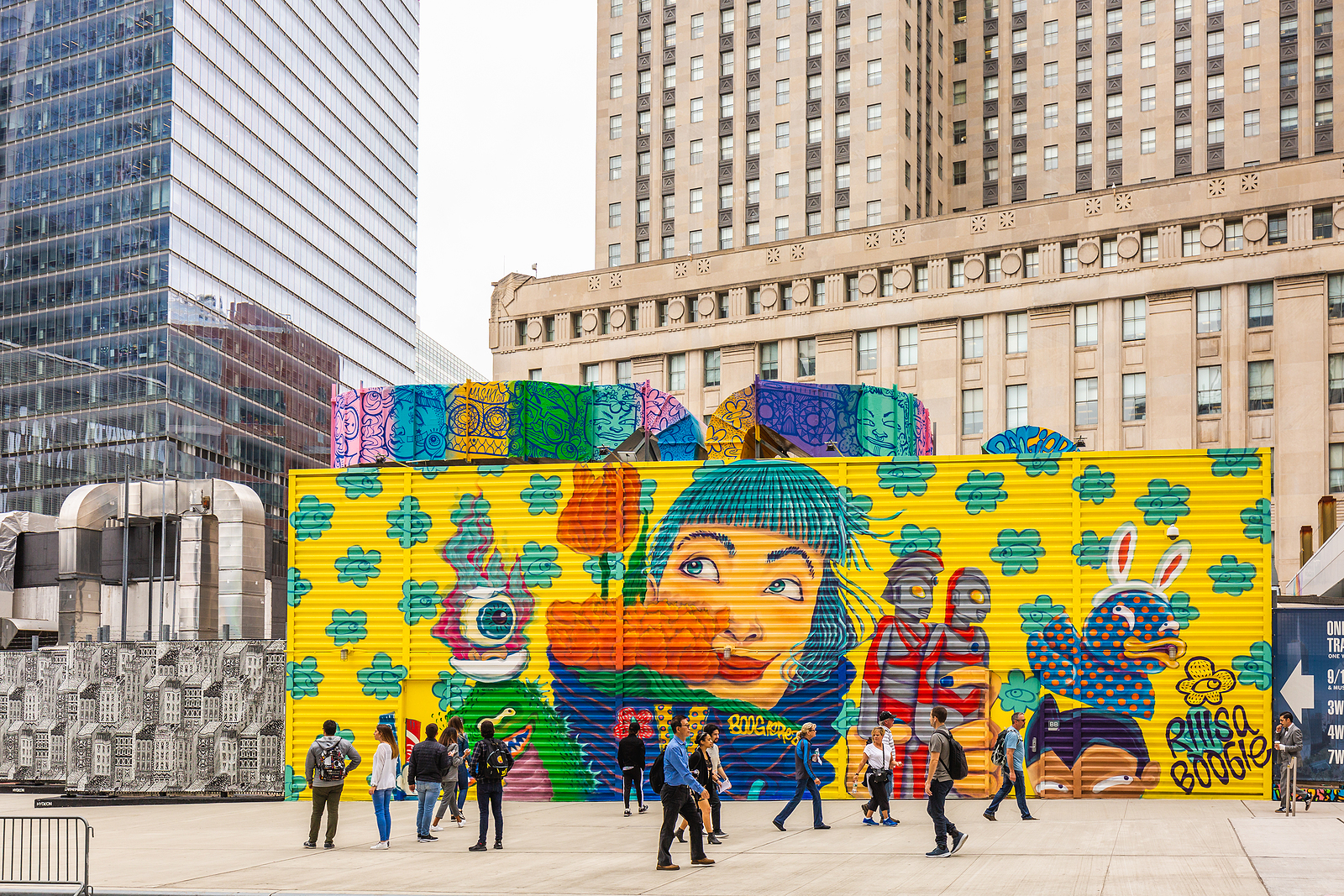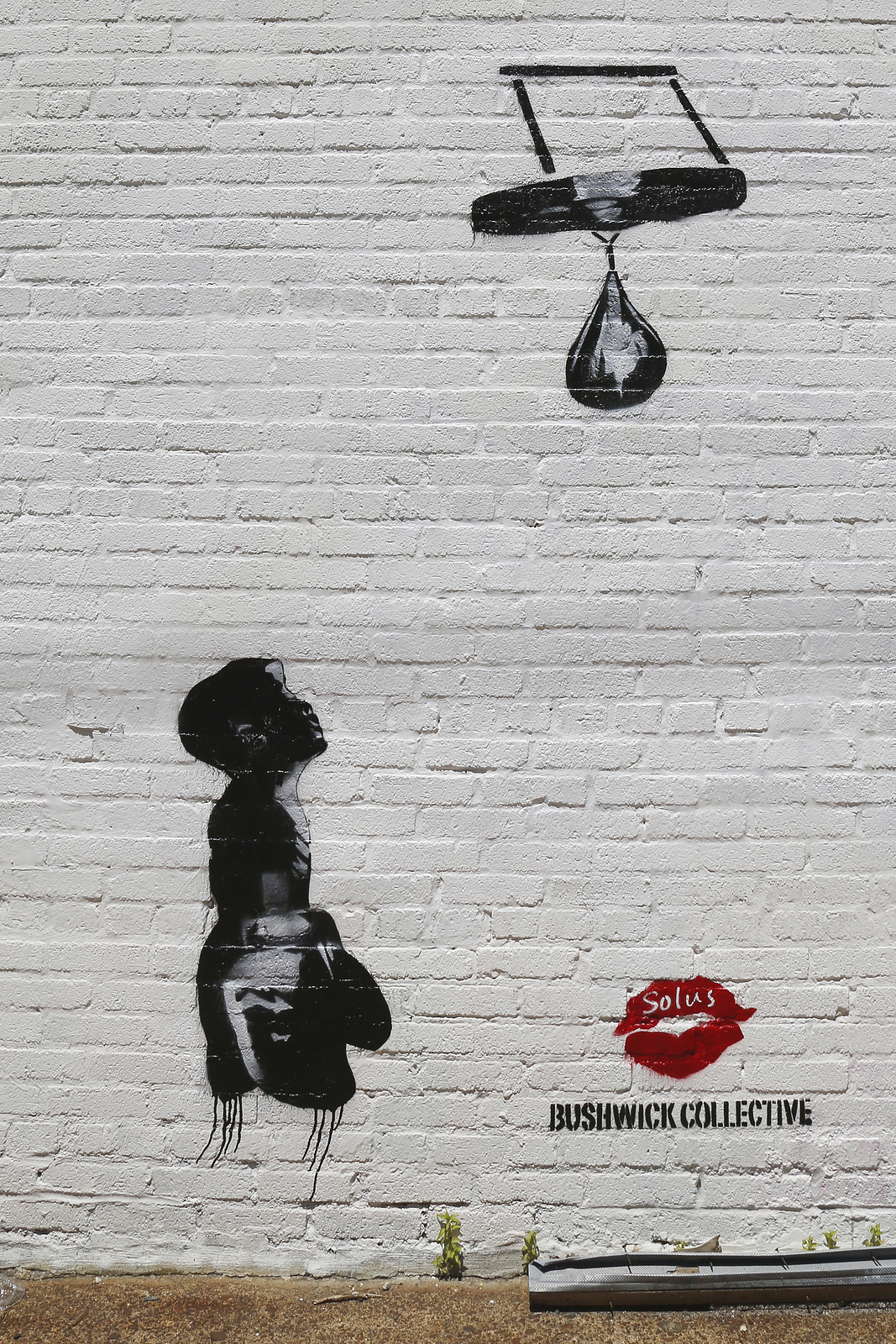Many consider New York to be the cradle of street art. From the earliest examples of tagging in the early 60s to modern-day graffiti culture, the Big Apple has always been a place where various forms of self-expression prosper not only within four walls of studios and galleries but also in the city streets. You do not have to look too hard to stumble upon amazing street art in NYC. If you want to differentiate between the kinds of street art and impress your fellow explorers of New York, this guide is for you.
Street art in NYC: what to see in the Big Apple
Tagging
Probably one of the oldest kinds of street art to ever appear in the streets of New York, tagging originated in the 1960s. The writer and artist Cornbread from Philadelphia was the first to start leaving his signatures in the streets. Tags were usually names or pseudonyms and functioned as a way for artists to tell the world about their work. They played a huge role among street artists because a catchy pseudonym was memorable and easily recognizable. Some world-renowned artists, like Basquiat, participated in this practice in the early days of their careers.
Stencil art
Banksy is probably one of the most well-known stencil artists in the world. Some sources say that stencil art appeared independently in Australia and the US in the 1980s. This form of street art is created by spraying or painting over a shape cut out from a sturdy material. Such a technique allows artists to quickly transfer complicated works of art that would take them much more time and effort to complete otherwise.
Murals
Murals are an extremely widespread form of street art in NYC. There are even museums and festivals dedicated to showcasing murals and preserving this part of the artistic landscape of the Big Apple. While the term often includes all kinds of street art painted on walls, murals are typically large-scale and complex pieces that can take up an entire side of the building.
As you can see, the world of street art in NYC is incredibly diverse and vibrant, both in terms of its visual component and the culture behind it. We hope you have fun exploring the streets and enjoying the big open-air museum that is New York.




